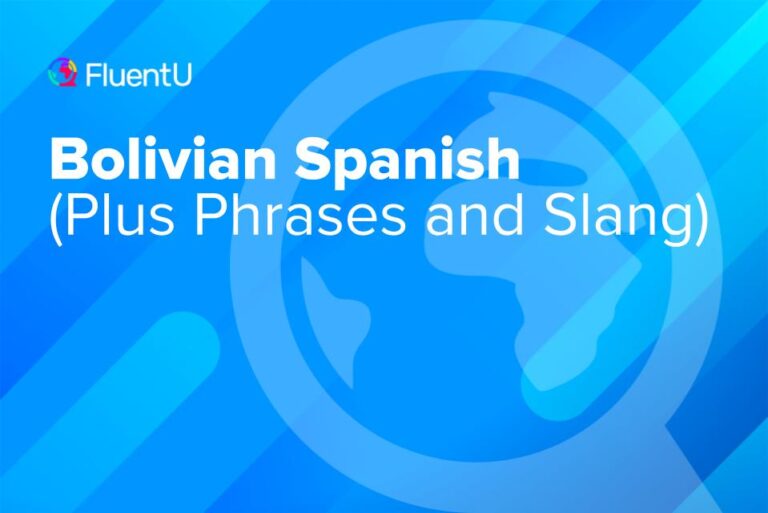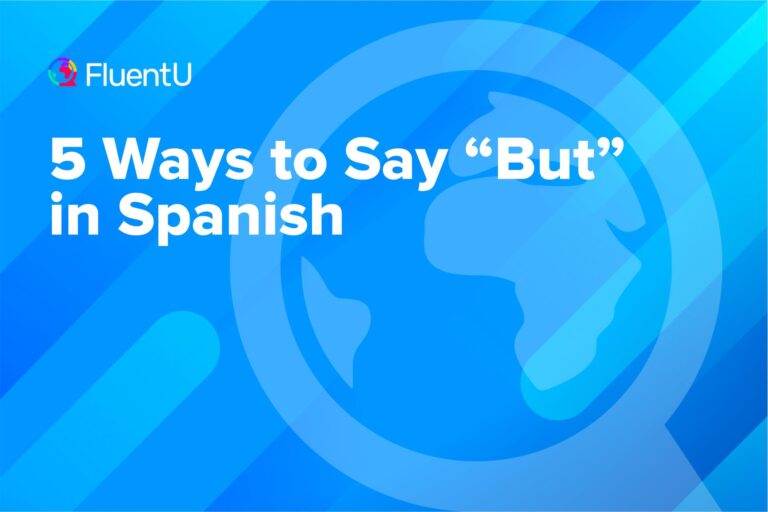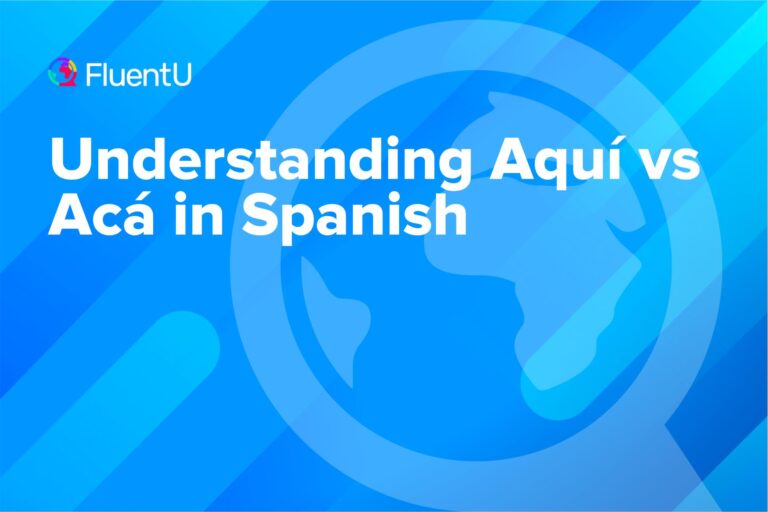140+ Words and Phrases for Drinks in Spanish
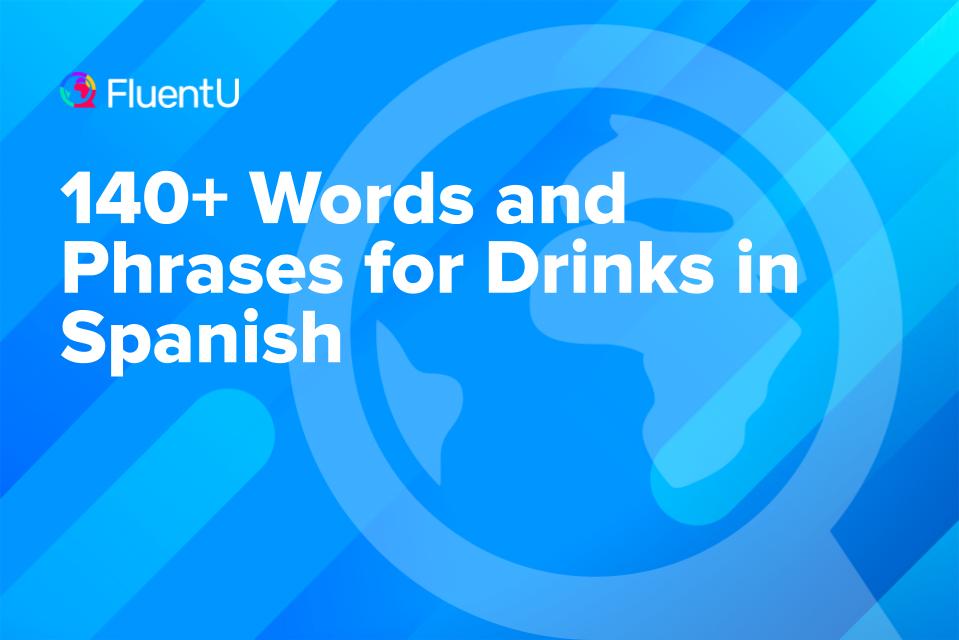
In my first week of high school Spanish, I carefully memorized this sentence: Yo quisiera un refresco, por favor. (I would like a soft drink please.) But in the years that I have since spent out ordering drinks in Spain and Latin America, I’ve never once heard anything close to that.
Instead, if someone walks into a corner bar in Madrid, for example, they’re much more likely to plop down at a stool and say: Una Coca-Cola. (A Coca-Cola.)
In this guide, I’ll present to you how to realistically talk about and order drinks in Spanish, complete with vocabulary lists and practical phrases.
Download: This blog post is available as a convenient and portable PDF that you can take anywhere. Click here to get a copy. (Download)
Bebidas — “Drinks” in Spanish
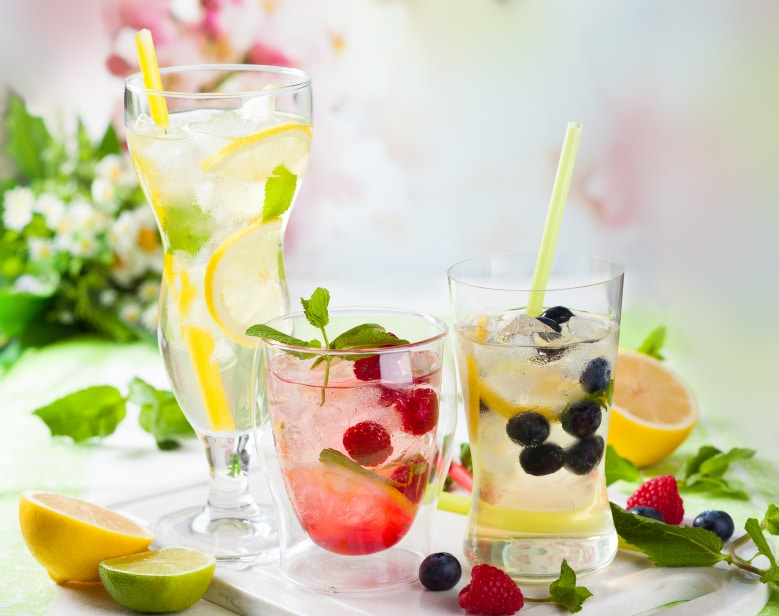
In general, there’s one all-around term for drinks in Spanish: bebidas . Whether you’re talking about soda, juice, alcohol or even plain water, bebidas covers all of these.
There’s an exception to this, though. Vocabulary can sometimes be different in Spanish-speaking countries, and in Chile, bebidas just means sodas—they call drinks bebestibles instead.
When you look at menus, you might see drinks listed under bebidas alcohólicas (alcoholic drinks) and bebidas sin alcohol (non-alcoholic drinks). In most countries, a trago (literally “gulp”) also refers to an alcoholic drink, though it’s more common to find in spoken Spanish.
As mentioned above, the most standard way to order drinks is with the indefinite articles un or una (“a”) followed by the name of the thirst-quencher. So if you’re thirsty and in a rush, you can order right away using only the first part of the vocabulary list below!
The Names of Drinks in Spanish
Water in Spanish
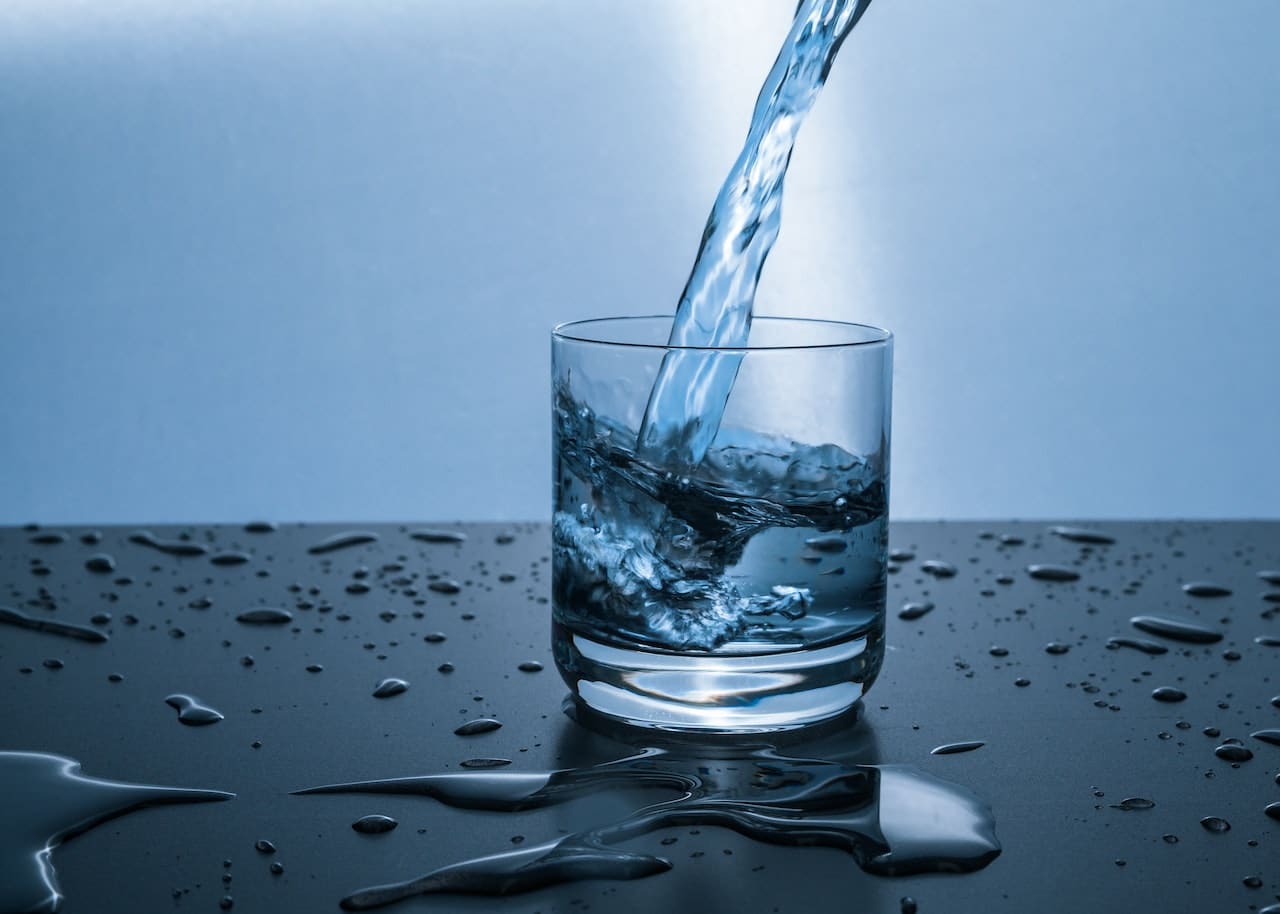
- Agua del grifo (Spain) / Agua de la llave (Latin America) — Tap water
- Agua embotellada — Bottled water
- Agua con gas / Agua carbonatada — Sparkling water
- Agua fría — Cold water
- Agua con hielo — Water with ice. If you’re in a restaurant or bar and want your water served with ice, this is the term to use.
- Agua a temperatura ambiente — Water at room temperature
- Agua caliente — Hot water
Teas in Spanish
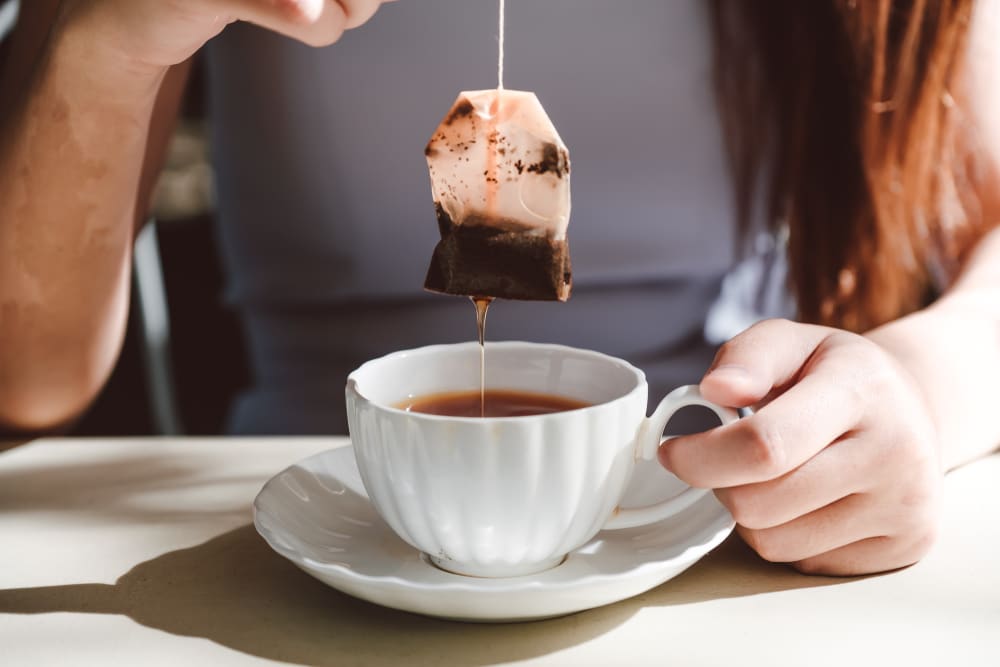
- Un té — A tea
- Té verde — Green tea
- Té negro — Black tea
- Té blanco — White tea
- Té oolong — Oolong tea
- Infusión — “Herbal tea” or infusion
- Té helado — Iced tea
- Té con leche — Tea with milk
- Té de frutas — Fruit tea
- Tetera — Teapot
- Bolsita de té — Tea bag
- Taza de té — Cup of tea
Coffees in Spanish
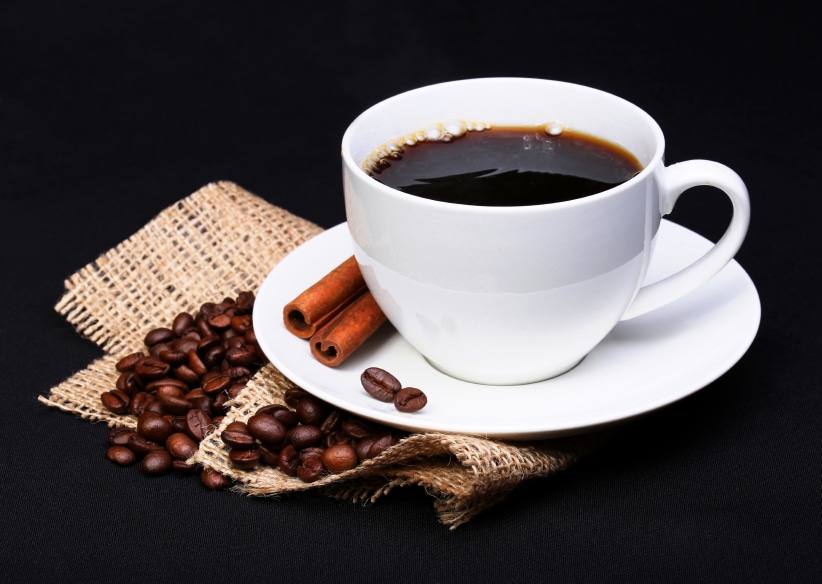
- Un café — A coffee; but you’ll have to be more precise, and order according to the variant that you want:
- Café solo — Espresso; literally, “just coffee.”
- Americano — A very long espresso (with more water). Filter coffee, like Americans actually drink, is usually not available in Spanish-speaking lands, but you can ask for café filtrado or café de filtro if you want to try.
- Café con leche — An espresso with a lot of milk.
- Cortado — An espresso “cut” with just a bit of milk.
- Carajillo — An espresso with whiskey or rum, and a bit of sugar. In Madrid, lemon is also added, which is just divine. I was so excited when I first discovered this very Spanish alternative to overblown caffeinated cocktails like Irish coffee and vodka-Red Bull.
- Descafeinado — Decaf
If you’re in Cuba, note that an offer of coffee is a very clear indication that you should get going.
Juices in Spanish
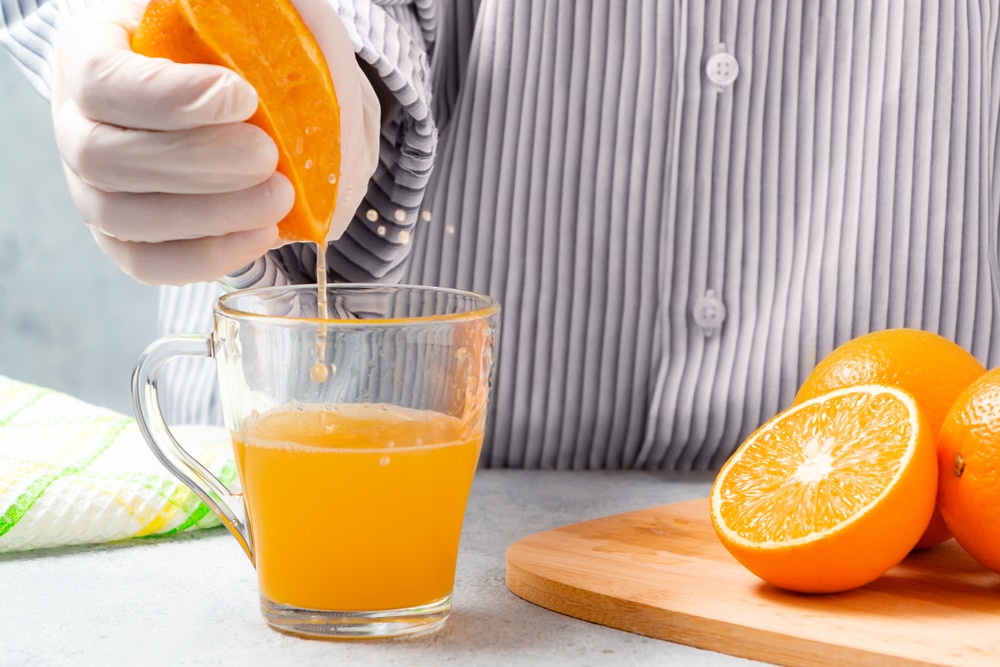
- Un zumo de…
(Spain) / Un jugo de…
(Latin America) — A juice of …
Naranja — Orange
Manzana — Apple
Melocotón — Peach
Piña — Pineapple
Uva — Grape
Fresa — Strawberry
Limón — Lemon - Jugo verde — Green juice (often a mix of vegetables and fruits)
- Jugo fresco — Fresh juice
Sodas in Spanish

- Un refresco / Una gaseosa / Una soda — A soda
- Coca-Cola, Fanta, etc. — As mentioned, it’s common to use the brand name of the product. Latin America in particular is in the grips of Coca-Cola, which is why you get experts talking about Coke just wreaking absolute devastation on the region.
- Naranjada — Orange soda
- Ginger-ale — Ginger ale
- Tónico — Tonic water
- Soda sin calorías / Refresco de dieta — Diet soda
- Cerveza de raíz — Root beer
- Lata de refresco — Can of soda
- Botella de gaseosa — Bottle of soda
Beers in Spanish

- Una cerveza — A beer, but you’ll want to order it by stating the size that you want.
- Caña (Spain) — Small draft beer; this is the most common way to drink beer in Spain.
- Mediana — Third of a liter bottle
- Botellín / Quinto — Fifth of a liter bottle
- Clara — (Spain) A beer mixed with lemonade. A great choice for a hot day!
- Cerveza rubia (Spain) / Cerveza clara (Latin America) — Lager or pale beer
- Cerveza oscura — Dark beer or stout
- Cerveza artesanal — Craft beer
- Cerveza de trigo — Wheat beer
- Cerveza de barril — Draft beer
Wines in Spanish

- Un vino — Wine; You can order un vaso de vino or una copa de vino and you’ll get a glass of the house wine. You can also order Una botella de vino for a whole bottle of wine.
- Vino tinto — Red wine; literally, tinted wine.
- Vino blanco — White wine
- Vino rosado — Rosé wine
- Vino de la casa — House wine
- Vino seco — Dry wine
- Vino semiseco — Semi-dry wine
- Vino espumoso — Sparkling wine
- Cava (Spain) — Spanish sparkling wine, similar to champagne
- Vino dulce — Sweet wine
- Vino de postre — Dessert wine
Cocktails in Spanish
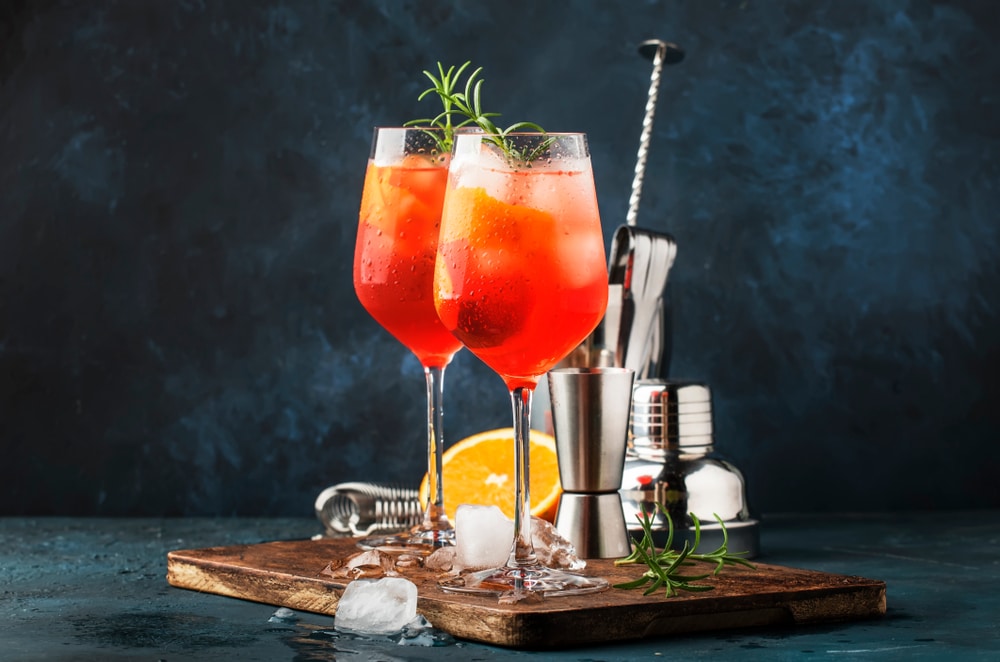
- Un cóctel / Un coctel — A cocktail
- Cremat — This is not Spanish but a Catalan word and it’s a flaming Catalan-Cuban rum and coffee concoction.
- Tinto de verano — Wine mixed with soda water
- Calimocho — A favorite of both teenagers and old ladies in Spain; this is cheap, bad wine mixed with Coca-Cola. One does not usually order it in bars. But oh, the lovely times you can have drinking it in a botellón (flash-mob-esque, young-person street party).
- Rebujito — A mix of manzanilla (or fino sherry) with 7-Up or Sprite, popular during the Seville Fair and other festivals in Andalusia
- Paloma — A cocktail made with tequila and grapefruit-flavored soda, and served on the rocks with a lime wedge. It’s popular in Mexico.
- Un clericot — Similar to sangria but more popular in parts of South America. It combines wine, fruit and sometimes other spirits or soda.
Liquors in Spanish

- Un chupito de… — A shot of…
- Vodka — Vodka
- Whisky — Whiskey
- Ginebra — Gin
- Tequila — Tequila
- Ratafía — An herbal digestif
- Absenta — Absinthe; this is quite legal and even popular in Spain
- Aguardiente — A type of strong alcohol, often homemade. The name translates to “burning water.”
- Anís — Aniseed-flavored liquor
- Coñac — Cognac (specifically a type of brandy from the Cognac region of France)
- Ron — Rum
- Ginebra — Gin
- Mezcal — Mezcal. This is a spirit made from agave—it’s similar to tequila but has a smokier flavor.
- Grappa — An Italian brandy that might be drunk after a meal
- Pisco — A grape brandy that’s popular in Chile and Peru. Both countries call it their national drink!
- Champán — Champagne
- Cava — Spanish sparkling wine
Other drinks in Spanish
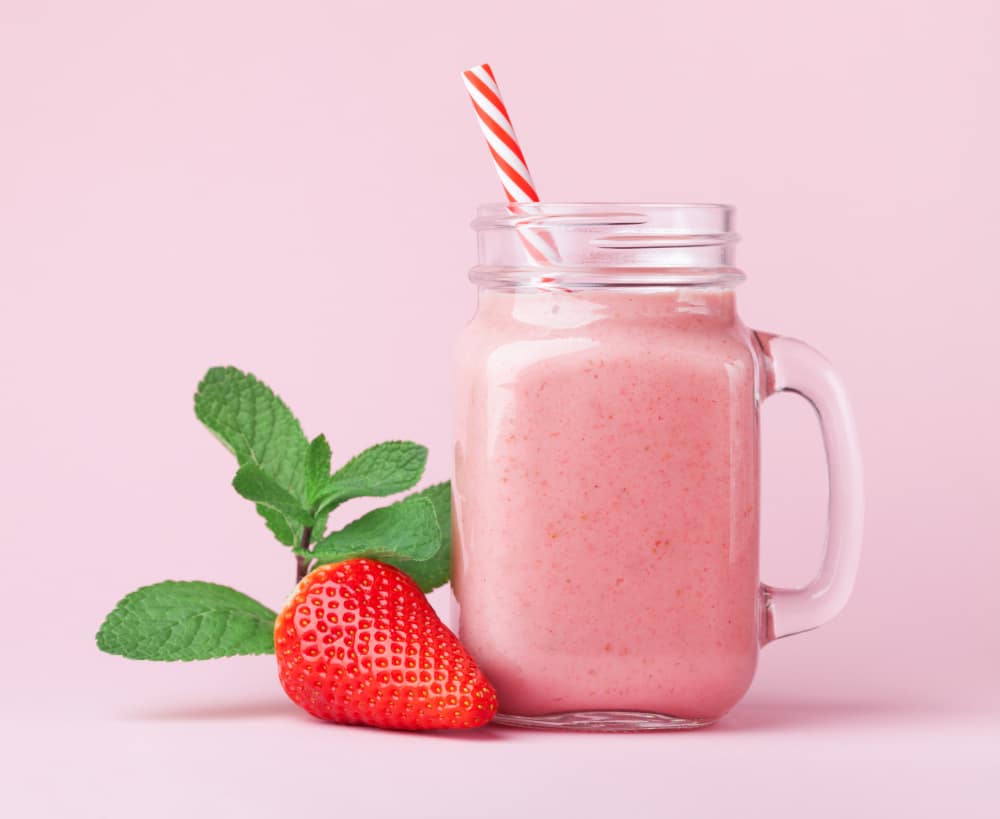
- Horchata — A Valencian drink made from tigernuts (chufas) and served throughout Spain in special horchaterías. In Valencian it’s called orxata, with the “x” pronounced like an English “sh.” This name is also used for similar drinks in other Spanish-speaking countries.
- Mate — A traditional South American caffeine-rich infused drink, particularly popular in Argentina and Uruguay
- Batido — Milkshake or smoothie
- Limonada — Lemonade
- Sidra — Cider, an alcoholic beverage made from the fermented juice of apples
- Ponche — Punch, often made with fruits, juices and sometimes spirits. Especially popular around Christmas time in many Hispanic cultures.
Drink-Related Vocabulary in Spanish
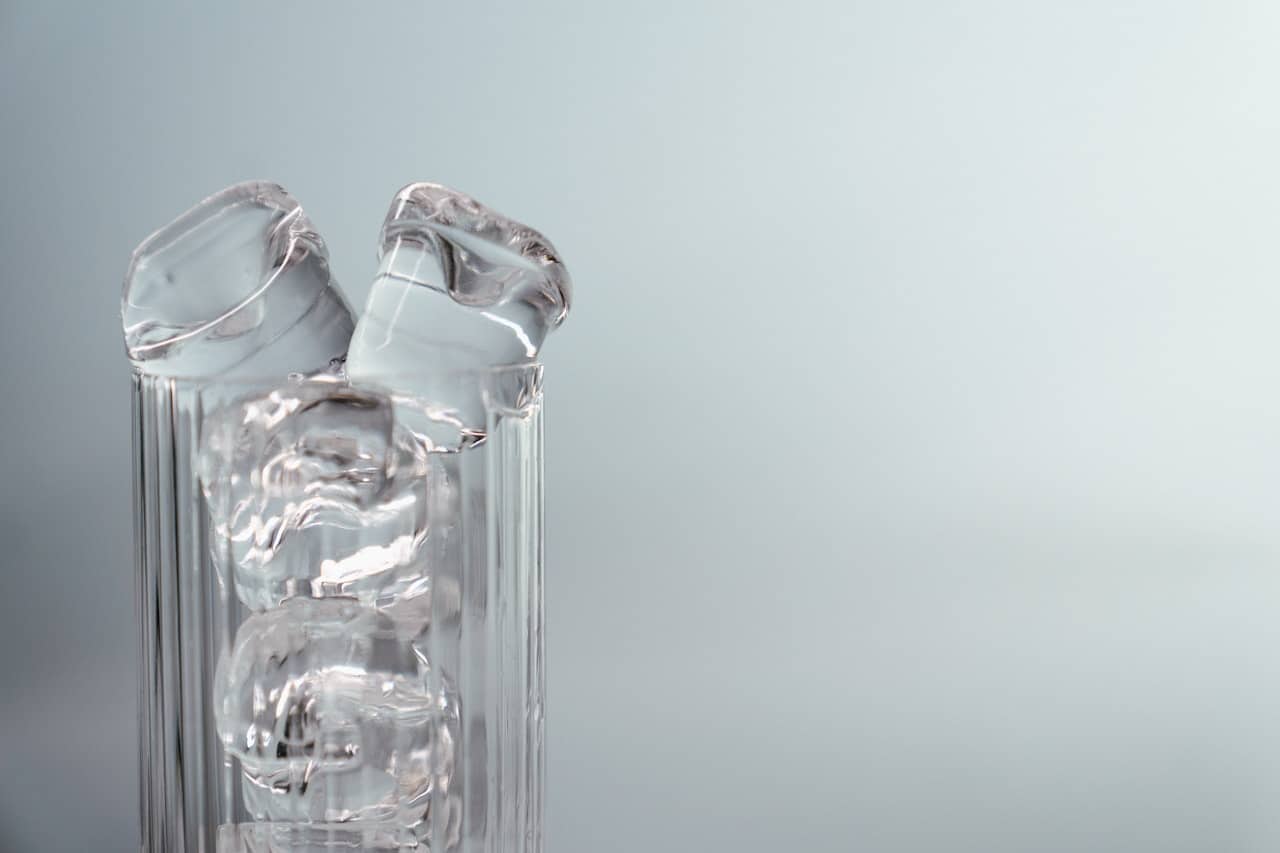
Aside from the names of the drinks, it’s useful too to know about other related vocabulary. For example, taza (cup) is for hot drinks like coffee or tea, but you’d use different words for cold drinks and wine. The Spanish words below will help you customize your drink, ask for an extra glass and even tell a friend that you’re drunk:
- Vaso — Glass (general)
- Copa — Glass (specifically for some spirits)
- Botella — Bottle
- Lata — Can
- Taza — Cup (like for hot beverages)
- Pitillo (Spain, Venezuela, Colombia) / Pajita (Argentina, Chile) / Popote (Mexico) — Straw
- Hielo — Ice
- Azucarero — Sugar bowl
- Cuchara mezcladora — Stirring spoon or swizzle stick
- Jarra — Jug or pitcher
- Licuadora — Blender
- Posavasos — Coaster
- Abrebotellas — Bottle opener
- Helado — Chilled or iced
- Caliente — Hot
- Templado — Lukewarm or room temperature
- Bodega — Winery or wine cellar/store
- Taberna / Cantina — Tavern or bar
- Brindar — To toast
- Borracho / Borracha — Drunk
- Sobrio / Sobria — Sober
- Tener sed — To be thirsty
How to Order a Drink in Spanish

The following phrases would be used in the informal register, as presented here, in most standard bars and restaurants in Spain. If you’re in Latin America, you should generally use the formal register with waiters and bartenders as a sign of respect.
If you’re not sure what to order, you can ask what drink they recommend. You can say: ¿Qué me recomienda de tomar? . Here are a few ways to order directly:
- Tomo… (lit. I take…)
- Dame… (lit. Give me…)
- Quiero… (lit. I want…)
- Ponme… (lit. Put for me…)
- Me vas a poner… (lit. You will put for me…)
For example:
Me vas a poner un vaso de vino tinto seco. (I’ll have a glass of dry red wine.)
If you’re ordering for a group, state the number and add -s after a drink ending in a vowel or -es after one ending in a consonant.
Dos copas de vino.
(Two glasses of wine.)
Tres carajillos.
(Three rum-coffees.)
Cuatro infusiones.
(Four infusions.)
I grew up in the American Midwest, so, while I know that Spanish-speaking people will almost never use these niceties in ordering drinks, I constitutionally just can’t help myself from slipping them in once in a while:
Por favor — Please
Gracias — Thank you
De nada — You’re welcome (this is what the bartender says, albeit a bit sarcastically, if I’m being overly polite)
Since they’re not really working for tips, Spanish and Latin American service workers can be rude if they’re in a bad mood, and absolutely lovely otherwise. This is something I’ve grown to love—if you have a great interaction with someone who is serving you, you know that it’s real, and not for the tips.
If you’re at a fancier place and in the mood to learn obscure olfactory vocabulary, before you order you can say:
¿Cómo es este vino? — What is this wine like?
Once you get it, say:
Me encanta este vino. — I love this wine.
Or:
Es delicioso . — It’s delicious.
When you’re ready to leave, wave at the waiter and say:
La cuenta — The check.
Spanish Drinking Phrases and Sayings

Here are some fun Spanish drinking phrases:
- ¡Salud! — Cheers!
- Estar como una cuba. — SomeTo be very drunk. Literally, this means “To be like a barrel.”
- ¿Otra ronda? — Another round? This is for asking if the group wants another drink.
- Brindemos por lo que viene y por lo que se va. — Let’s toast for what’s coming and for what’s going away. It’s often used during New Year’s celebrations or goodbyes.
There are also quite a few well-known Spanish sayings about drinking:
- El que con vino cena, con agua desayuna. (He who dines with wine, breakfasts with water.) — This is a very concise way of saying that if you drink too much wine (or anything alcoholic) at night, you’ll wake up with a hangover. No choice, then, but to drink water in the morning!
- Vinos y amores, los viejos son los mejores. (With wines and lovers, the older ones are the best.) — Just as some wines get better with age, relationships that stand the test of time should also be valued.
- El vino abre el camino. (Wine opens the path.) — This means that wine is a pretty good icebreaker. Drink enough, and you’ll loosen up. When you drink with other people, it also conveys wanting to relax and spend time with each other.
- No existe la mala cerveza. Solo hay unas que saben mejor que otras. (Bad beer doesn’t exist. It’s just that there are some that taste better than others.) — Debate with a friend about which drink is the best, and chances are, nobody will end up winning. This saying just means that which beer tastes great depends on the person. What someone calls “bad beer” might be someone else’s favorite.
Armed with all these phrases, you’re now better equipped to order drinks at your Spanish bar or restaurant!
At this point, you should have enough Spanish to know what you want, how to order it and how to wax poetically about it once served.
If you want to see these expressions, and others, in context, seek out content created by and for native speakers (sometimes known as “authentic content”).
For example, the FluentU language learning program starts each lesson with a short Spanish video, so you’ll see how Spanish speakers order drinks and use sayings in real media.
FluentU takes authentic videos—like music videos, movie trailers, news and inspiring talks—and turns them into personalized language learning lessons.
You can try FluentU for free for 2 weeks. Check out the website or download the iOS app or Android app.
P.S. Click here to take advantage of our current sale! (Expires at the end of this month)

So go ahead and try ordering your drink in Spanish. That’s not a bad way to break into a full evening of speaking Spanish!
Download: This blog post is available as a convenient and portable PDF that you can take anywhere. Click here to get a copy. (Download)
And One More Thing…
If you've made it this far that means you probably enjoy learning Spanish with engaging material and will then love FluentU.
Other sites use scripted content. FluentU uses a natural approach that helps you ease into the Spanish language and culture over time. You’ll learn Spanish as it’s actually spoken by real people.
FluentU has a wide variety of videos, as you can see here:

FluentU brings native videos within reach with interactive transcripts. You can tap on any word to look it up instantly. Every definition has examples that have been written to help you understand how the word is used. If you see an interesting word you don’t know, you can add it to a vocab list.

Review a complete interactive transcript under the Dialogue tab, and find words and phrases listed under Vocab.

Learn all the vocabulary in any video with FluentU’s robust learning engine. Swipe left or right to see more examples of the word you’re on.

The best part is that FluentU keeps track of the vocabulary that you’re learning, and gives you extra practice with difficult words. It'll even remind you when it’s time to review what you’ve learned. Every learner has a truly personalized experience, even if they’re learning with the same video.
Start using the FluentU website on your computer or tablet or, better yet, download the FluentU app from the iTunes or Google Play store. Click here to take advantage of our current sale! (Expires at the end of this month.)
